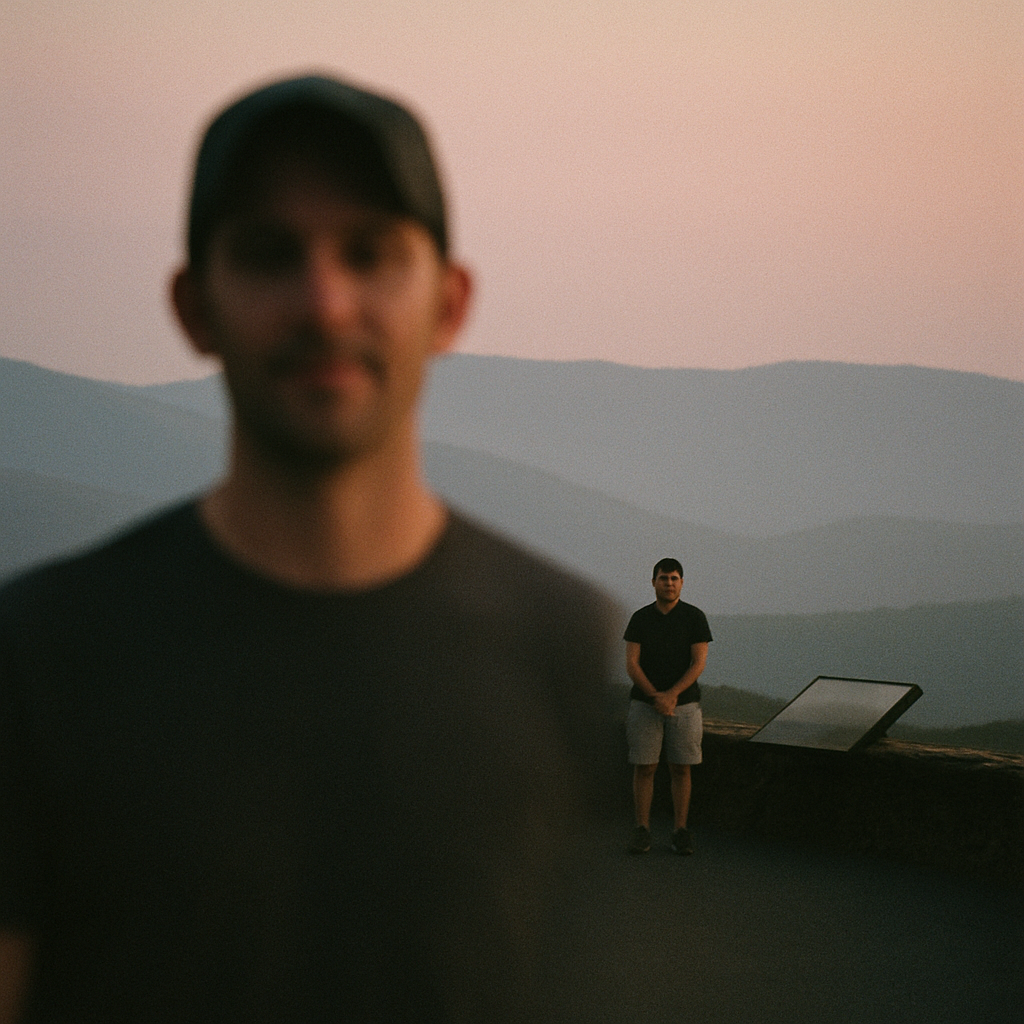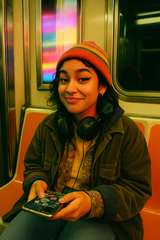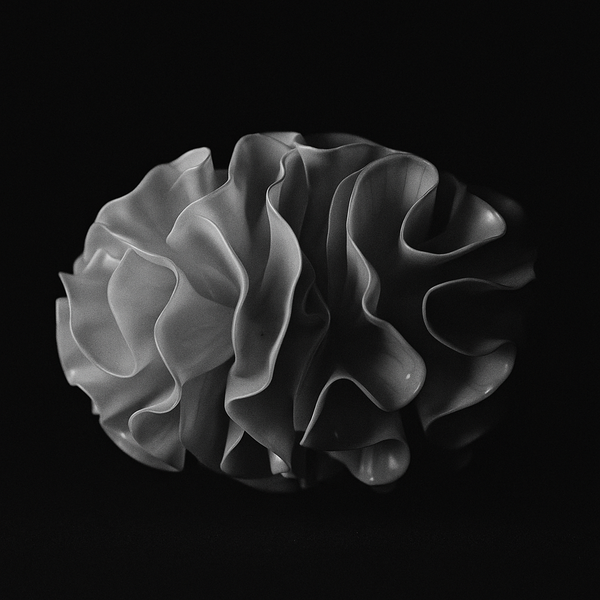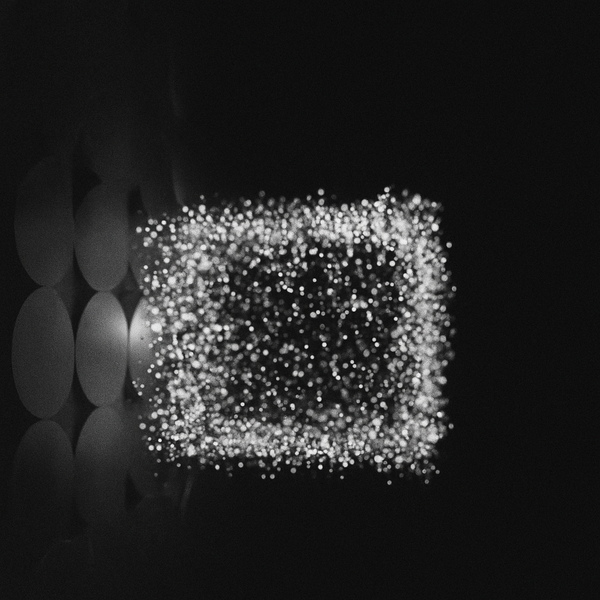When AI Gets a Hall Pass: Comedy in the Age of Copyright Conundrums

Courts worldwide grapple with a question that makes me wonder if judges secretly moonlight as philosophy professors: when an AI system learns from copyrighted images without storing them permanently, is that theft or efficient studying? It's the legal equivalent of asking whether you stole a book if you memorized it in the bookstore and put it back on the shelf.
The comedy deepens when you consider that AI systems are the world's most expensive toddlers with eidetic memories. They look at everything, remember patterns, forget specifics, and then create something simultaneously derivative and original—like a college freshman's first philosophy paper, but with better grammar and an unsettling tendency to give people seven fingers.
The Art of Accidental Artistry
What makes this situation comedy gold is how AI datasets work. Systems process images to create what researchers call "embeddings"—numerical representations that help AI understand visual concepts. It's like teaching someone to paint by showing them millions of paintings, then taking away all the paintings and saying, "Now make something new." The trained model generally doesn't store pixel-by-pixel copies of most training images; instead, it keeps encoded statistical patterns—the "essence" of what it saw—though in some cases it can still memorize and reproduce images from the training data. It's plagiarism's cooler, more legally ambiguous cousin.
Legal systems wrestle with whether this kind of mass ingestion should be treated as fair use or covered by text-and-data-mining exceptions, especially when the training is framed as "research" rather than a commercial product. The challenge is that we're applying copyright law written when "copying" meant "physically reproducing something" to technology that can absorb, process, and recreate patterns from billions of images in the time it takes to microwave popcorn.
The Comedy of Errors (and Embeddings)
What nobody talks about is how hilariously bad AI can be at understanding what it's learned. Sure, it can create photorealistic images, but it regularly creates architectural impossibilities like columns that don't connect to floors, balconies that defy physics, or structurally unsound elements that look plausible at first glance but violate basic engineering principles. And don't get me started on cats that look like they've been assembled by someone who's only heard descriptions of cats from someone allergic to them. This is the system we're worried will replace human artists? It's like being concerned that a GPS will replace tour guides when half the time it tries to route you through someone's living room.
Some prominent open datasets, like the LAION collections used to train image generators, store URLs and text descriptions rather than the image files themselves. It's the digital equivalent of saying you didn't steal someone's car—you wrote down where they parked it, what it looks like, and maybe took detailed measurements. Many lawyers argue this raises different legal questions than copying the car itself, but courts are still split on how to treat it.
But here's where the comedy turns slightly dark: artists are genuinely worried about their livelihoods. Courts shrug and say, "That's a problem for the legislators, not us." It's the judicial version of "not my circus, not my monkeys," except the monkeys are creating art and the circus is on fire.
The Punchline Nobody's Laughing At
The real joke is that we're trying to apply analog laws to digital realities. Legal precedents are emerging that are both logical and absurd: a UK court recently ruled that an AI model's weights may not constitute an "infringing copy" under UK copyright law because they contain statistical patterns rather than stored reproductions. However, this ruling is limited to UK law and addressed only one narrow question—it did not determine whether the training process itself is lawful. The US Copyright Office has suggested a different view, noting that where outputs can reproduce training data, there may be "a strong argument" for infringement. Meanwhile, other courts have held that training on copyrighted material without permission can still violate the law.
This opens up fascinating questions. If I train my brain by looking at copyrighted images, that's fine. If an AI does the same thing but faster and with better recall, suddenly we're in murky legal waters. The difference seems to be that my brain won't accidentally recreate your exact photograph, while an AI might—though usually with some eldritch horror lurking in the background that wasn't in the original.
Courts also try to distinguish between different uses of the technology, noting that using AI models for commercial purposes might be evaluated differently than research. It's like saying it's okay to learn juggling by watching YouTube videos, but if you start charging for juggling lessons, suddenly those YouTube creators want a cut. Fair enough, except the AI isn't learning to juggle—it's learning to juggle while painting portraits and composing symphonies, all from the same dataset.
Finding the Balance (While Standing on One Leg)
The challenge facing courts worldwide is that they're being asked to referee a game where the rules were written before anyone invented the ball. Legal approaches emerge: some focus on the technical details of storage and reproduction, while others grapple with broader questions about whether mass-scale pattern learning from copyrighted works should require permission.
What makes this amusing is watching legal systems worldwide come to completely different conclusions about the same technology. It's like watching different countries try to agree on pizza toppings—everyone thinks their approach is correct while viewing others' choices with a mixture of confusion and mild disgust.
These decisions will likely face appeals and challenges, because of course they will. In the meantime, AI systems continue their relentless march toward either artistic enlightenment or complete creative chaos—possibly both. They're like art students who never graduated but somehow got tenure: technically qualified, occasionally brilliant, frequently baffling, and nobody's quite sure if they should be teaching the next generation.
The ultimate irony is that we're debating whether AI can legally learn from human creativity while simultaneously worrying it might replace human creativity. It's like arguing about whether robots should be allowed to read cookbooks while fretting they'll replace chefs. The truth is probably somewhere in the middle: AI will change how we create and consume art, but it'll do so in ways that are both more mundane and more bizarre than we expect.
Until legislators catch up with technology—which should happen roughly around the time we achieve faster-than-light travel—we're stuck with courts making decisions based on laws that predate the internet trying to govern technology that seems like magic. We're watching the opening arguments of a legal drama that will likely run longer than a soap opera and make about as much sense. But at least it's entertaining to watch, in that uncomfortable way that makes you laugh because the alternative is screaming into the void.
References
https://en.wikipedia.org/wiki/Midjourney
https://en.wikipedia.org/wiki/Stable_Diffusion
https://en.wikipedia.org/wiki/Zarya_of_the_Dawn
https://en.wikipedia.org/wiki/Anthropic
https://www.creativebloq.com/ai/3d-artists-are-shunning-ai-generators-survey-suggests
Models used: gpt-4.1, claude-opus-4-1-20250805, claude-sonnet-4-20250514, gpt-image-1




